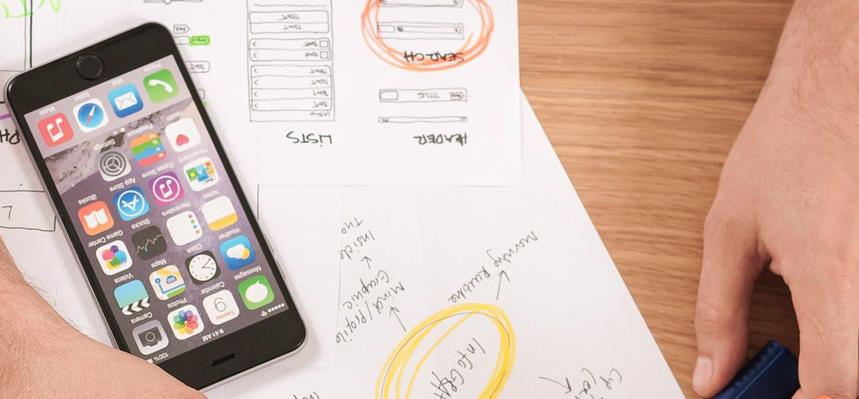10 Must Read Tips for Creating Responsive Website Design
The mobile web is growing at a very fast rate and it is making it crucial for the businesses to have a website that performs equally on all the devices it is accessed through.
As the websites are accessed through different devices having different screen sizes, the responsive website design has become necessary in order to retain all the visitors on your website. However, a thing that you need to keep in mind is having a responsive website design is not enough; you need to make sure that you are following the right strategies to make your website work and deliver you the flexibility that you are looking for.
In this write-up, we are mentioning some tips that will help you to create the most effective responsive website designs. So, let's begin.
1. Build the layout
Before starting coding for the responsive website, build its layout. It will let you have a clear idea that what you need to do to meet your clients' requirements. And there are a number of things that you need to consider while building a layout; in short, you need to keep it simple yet functional.
2. Keep the design simple
The simple design will not only keep the visitors engaged but it will also decrease the loading time. So, always ensure that the design is simple yet effective. You can take the help from style guides to create a perfect design for your website.
3. Remove the clutter and make a space
Always keep in mind that clutter on your website is the biggest thing that will distract your visitors. So, remove all the unnecessary elements and content from your website. Your main aim should be creating more space on the website, instead of including maximum elements. Space on your website lets the readers focus on the things they are interested in.
4. Give attention to loading speed
When it comes to retaining visitors on your website then you must give attention to the loading speed. The normal waiting time that a visitor waits for to get your website loaded is 2-5 seconds. After that, he will not only leave the website but will never consider to visit it again. So, you need to focus on the load speed of your website
5. Cut down the content for mobile devices
As mobile users are more active than the desktop users, you need to consider their needs while putting content on your website. No one wants to waste his time on scrolling over the content that is not of his use. So, a better idea will be to display only the necessary information as it will help you keep the visitors on your website.
6. Implement flexible imagery techniques
The first thing that will let you catch the attention of the viewers is the images, so ensure to make them noticeable. You can take the help of flexible imagery techniques by which you will be able to save the different sizes of the same image. In such a case, your website will use the image size that will fit best in the device it is opened on.
7. Explore the options to expand your toolkit
The technology offers you new web designing tools with the passage of time. So, if you think that some elements of your website can be improved, then you must do research for the latest tools and use the one that would meet your needs better.
8. Avoid complicated navigation system
If you think that placing a plenty of links on your website will help you keep the people on your website then you are wrong. In contrast, too many unwanted options can distract the users and force them to leave your site. So, place few items in your navigation menu as it will help you create good designs along with enhancing the user experience.
9. Replace margins with padding
No doubt that margins increase the white space around the buttons but it does not make that area tappable. So, to increase the tappable area, you must consider replacing margins with tapping. However, you can also use the buttons that are bigger in size.
10. Use Jquery
Jquery is one of the best tools that help you create responsive website designs. What's unique about this tool is it lets you customize the plugins as per your needs and thus, enhance the responsiveness and adaptability of the website. Elastislide, FitVids, Supersized and FitText are some of the popular Jquery plugins used for creating responsive web designs.
People love the websites that engage and respond to them. And the above given tips will definitely help you to create such responsive web designs that will meet people's expectation. This, in turn, will lead to the growth of your business.
Related Posts
Today's internet era is more about having a mobile-friendly website that is easy to access and control.
The number of mobile users has been growing continuously.
Need a good reach? Go mobile. Want to improve your brand’s visibility? Get onto the mobile. Want to enhance your user base? Create a mobile app.
When mobile internet usage surpassed that from desktop devices, it didn’t come as a blow to those who were paying attention.


















Comments
comments powered by Disqus